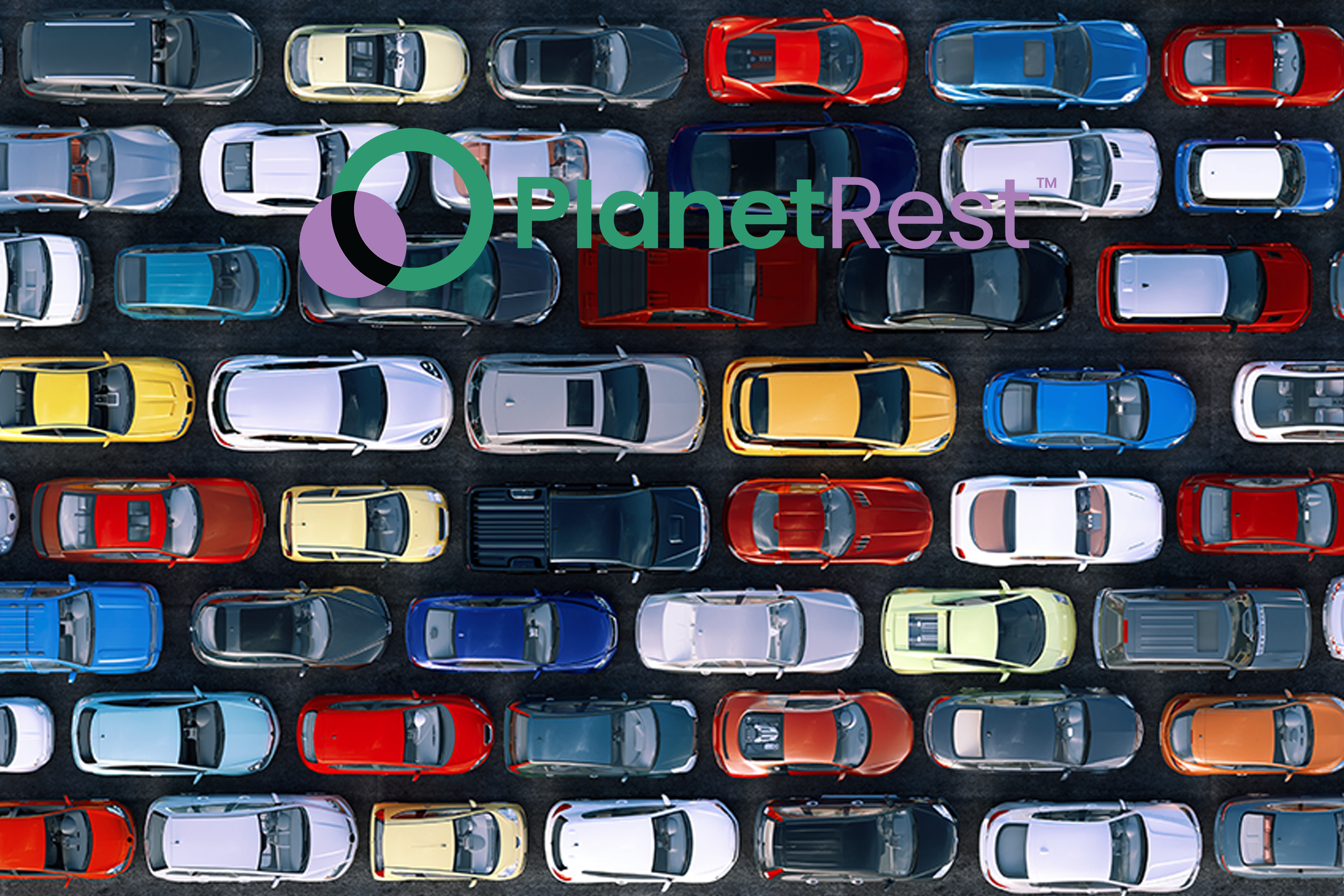
12 Jun Transportation
A Major Contributor to Our Carbon Footprint and the Innovations Aiming to Change That
When we think about the challenges of reducing our carbon footprint, transportation often sits at the forefront of the conversation. Globally, transportation accounts for nearly 25% of total CO2 emissions, making it one of the most significant contributors to climate change. As our population grows and urbanization increases, the demand for transportation is only expected to rise. But there is hope on the horizon—innovations in transportation technology are helping to drive a more sustainable future.
The Problem with Transportation
From daily commutes to cross-country flights, our reliance on cars, planes, and trucks is a significant driver of greenhouse gas emissions. Here are some key metrics highlighting the scale of the issue:
- Passenger vehicles alone are responsible for about 3.3 billion metric tons of CO2 each year.
- On average, one car emits around 4.6 metric tons of CO2 annually.
- Air travel is one of the fastest-growing sources of carbon emissions, with a round-trip flight from New York to London emitting nearly 2 tons of CO2 per passenger.
- Globally, freight and logistics—primarily by road and air—account for about 8% of total global carbon emissions.
These figures highlight the scale of the problem we face. But innovative solutions are being developed to address the issue head-on.
Innovations in Sustainable Transportation
One of the most exciting innovations in sustainable transportation comes from the development of electric vehicles (EVs)and advances in urban mobility. But a lesser-known game-changer is the development of electric vertical takeoff and landing (eVTOL) aircraft—commonly known as air taxis.
eVTOL Aircraft: The Future of Urban Air Mobility
The eVTOL aircraft is an innovation currently being developed by several startups and aerospace companies. Unlike traditional planes and helicopters, eVTOLs are fully electric and designed for short-distance, urban flights. Think of them as flying taxis that can whisk you across the city without contributing to the carbon emissions of ground traffic.
Key metrics:
- 100% electric: eVTOLs are powered by electric batteries, which significantly reduce carbon emissions compared to traditional fuel-based transportation.
- Zero emissions: Unlike planes and helicopters, eVTOLs produce zero direct emissions.
- Reduced congestion: By taking transportation to the skies, eVTOLs can help alleviate ground traffic, reducing idling time and emissions from cars stuck in congested areas.
- Energy-efficient: eVTOLs are designed to be more energy-efficient for shorter distances compared to traditional aircraft, making them ideal for urban environments.
Several companies, including Joby Aviation, Lilium, and Archer Aviation, are at the forefront of developing this cutting-edge technology.
Major cities like Los Angeles and Dubai are already exploring the potential of air taxis as a way to reduce traffic congestion and lower urban carbon emissions.
are already exploring the potential of air taxis as a way to reduce traffic congestion and lower urban carbon emissions.
The Future of Sustainable Transportation
While eVTOLs represent one of the most futuristic solutions, it’s important to recognize the progress being made with electric vehicles, high-speed rail, and autonomous public transit. For example:
- EV adoption: As electric vehicle technology improves, EVs are becoming more affordable and accessible, with companies like Tesla, Rivian, and Lucid Motors leading the charge. Electric buses are also gaining traction in cities worldwide, reducing urban emissions.
- Hyperloop: This innovation, spearheaded by companies like Virgin Hyperloop, aims to create high-speed, zero-emission transportation through low-pressure tubes, revolutionizing long-distance travel.
These innovations not only represent a shift towards cleaner, more efficient transportation but also demonstrate the growing demand for sustainable alternatives from both consumers and cities.
What Can You Do?
While we await the widespread implementation of these groundbreaking technologies, there are several ways to reduce your carbon footprint from transportation today:
- Use public transport or carpool to reduce the number of vehicles on the road.
- Opt for cycling or walking when possible for short trips.
- Consider making your next car purchase an electric vehicle or hybrid.
- Minimize air travel or consider purchasing carbon offsets to mitigate your travel emissions.
By making conscious transportation choices and supporting the development of sustainable transport technologies, we can take meaningful steps toward reducing the carbon footprint of our cities—and ultimately, move the date of Earth Overshoot Day back.
Together, through innovation and individual action, we can transform the way we move—and give the planet the break it desperately needs.



No Comments